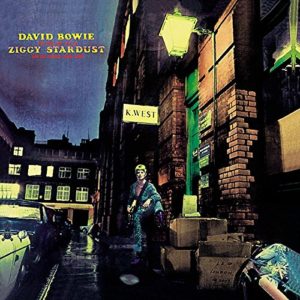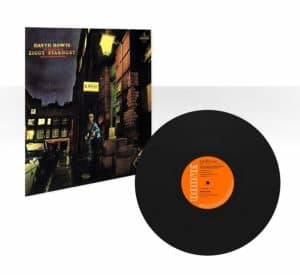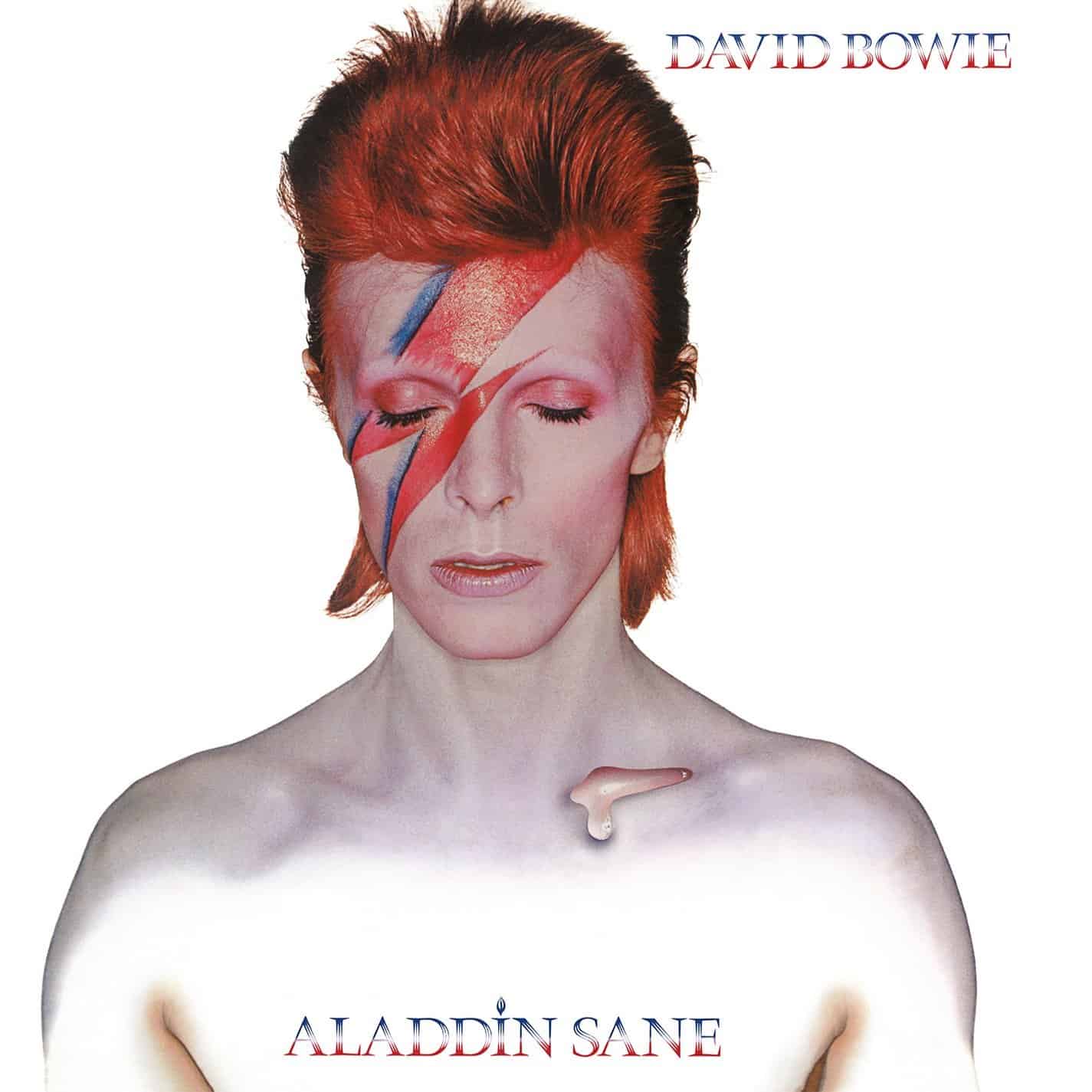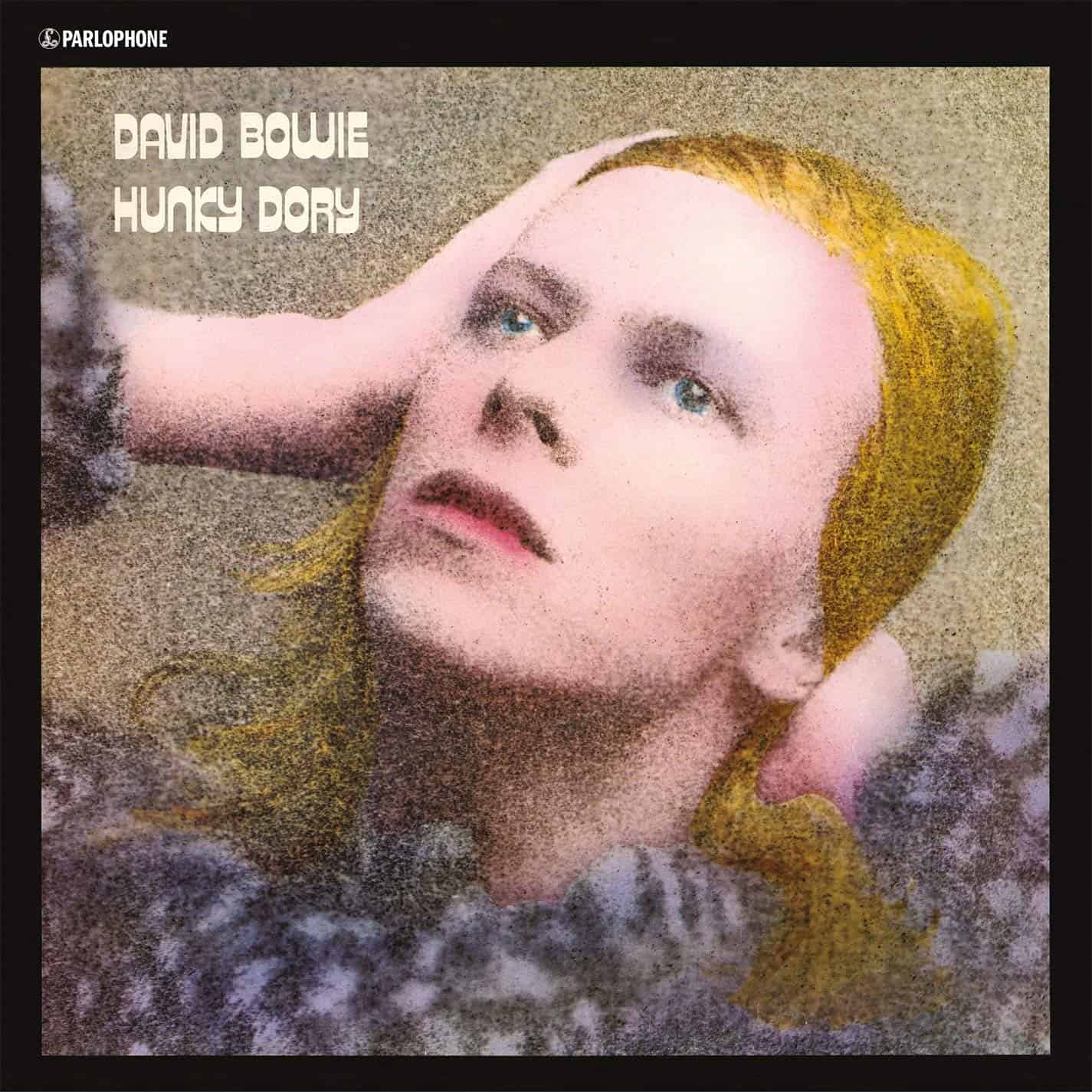Marketplace
2015 Parlophone EMI PRESSING
- RPM 33 ⅓
- Audio Stereo
- Catalog Number DB69734
- Release Year 2015
- Vinyl Mastering Engineer Ray Staff
- Pressing Weight 180g
- Jacket Style Gatefold
- 100% Analog Mastering Yes
- Original Release Year 1972
- Original Label RCA Victor
- Original Catalog Number LSP 4702
- Original Country UK
While The Rise and Fall of Ziggy Stardust and the Spiders from Mars is a watershed rock album, it represents more of an evolution than a revolution in David Bowie’s artistic journey. The record doubles as a synthesis of Hunky Dory’s melodic charm and The Man Who Sold the World’s hard-rock swagger. After being inspired by the theatrics of Iggy Pop and Lou Reed—as well as witnessing what fame does to the famous—Bowie delivered a two-part opera of sorts.
On side one, the Thin White Duke uses the sci-fi mythology of Ziggy Stardust, a mutant messenger, who warns the world of destruction (“Five Years”) but holds out the hope of ultimate redemption (“Starman”). On side two, Bowie uses Ziggy to embody the modern rock idol (“Star”) who struggles with notoriety (“Ziggy Stardust”) and then, ultimately, gets destroyed by his own success (“Rock ‘n’ Roll Suicide”). Both stories are held together with brilliant combinations of glam and glitter rock, sweeping movie-soundtrack orchestration, and heavy-metal guitar wizardry. The Rise and Fall of Ziggy Stardust and the Spiders from Mars succeeds because it functions as more than a rock star’s fever dream. Indeed, it serves as a thrilling examination of upheaval and transformation.
The set was recorded on 16-track tape at London’s Trident Studios a scant six months after 1971’s Hunky Dory sessions. At the time, Bowie’s working relationship with producer Ken Scott and his newly christened band, the Spiders from Mars, was reaching its high point. According to a 2012 Guitar World interview with Scott, 95 percent of the album’s vocals are first takes. The producer also favorably compares Mick Ronson’s string arrangements to the legendary Beatles sessions he engineered. A testament to the collaborators’ trust and mutual admiration, The Rise and Fall of Ziggy Stardust and the Spiders from Mars strikes a fine balance between dense, elaborate production and the band’s raw power. When, for example, Ronson cuts loose with high-octane, over-driven guitar licks on the album’s title track and the thunder of drummer Mick Woodmansey and bassist Trevor Bolder rolls in, the result is, as Ziggy would say, a total blam-blam.
Ziggy Stardust was originally mastered by Ray Staff, and it is Staff who got put in charge of remastering this reissue and the rest of Bowie’s RCA catalog. A statement on the back of the original U.K. album reads “To be played at maximum volume.” The instruction is no joke. Because the recording is so dynamic, boosting the volume reveals layers of strikingly rich detail and makes the transitions from quiet-to-loud passages all the more dramatic.
This 2015 Parlophone LP shares the same dead wax information and the vinyl appears to be the same as the 100% analog-mastered 2012 40th Anniversary EMI edition. On both pressings upper-register detail boasts greater clarity, and the bass is improved, but the overall presentation is slightly flatter and less emotionally engaging than on the U.K. original.
Visually, Parlophone opted for a direct-to-board matte finish on the cover. While less historically accurate, the colors and definition appear more vivid. Parlophone’s quiet 100% analog pressing sounds wonderfully natural, and at the time of this writing is just $14 on Amazon, making it the next-best thing to a costly U.K. original.
The Rise and Fall of Ziggy Stardust and the Spiders from Mars



 4.5
4.5

